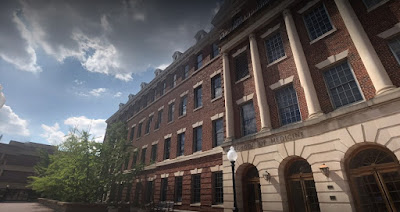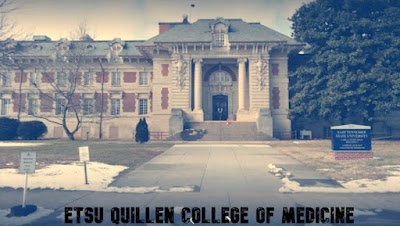George Washington University School Of Medicine: Admissions, Financial Aid, Class Profile, Average Gpa and Mcat Scores

George Washington University School Of Medicine offers students many perks, but they come at a high price. Students who graduate from George Washington Medical School leave with memories of studying on the National Mall , shopping and playing in Georgetown , and listening to congressional debates. Ironically enough for a school located in the nation's capital, though, GWU gets no federal funding, making the school's tuition one of the highest in the country. Students need to seriously consider how in debt they want to be if they want to attend George Washington University School Of Medicine And Health Sciences . Admissions/Financial Aid/Class Profile The class size averages about 150. Student ages range from 21 to the 40's. For the class of 2019 , the range was 19 to 32, with an average age of 23. GWU is proud to accept nontraditional students, and, as a resuh, many students are older with famihes. There are always cliques but these tend to disintegrate during ...









